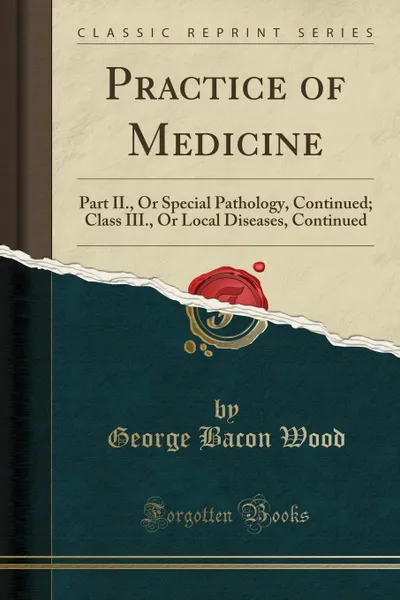Practice of Medicine. Part II., Or Special Pathology, Continued; Class III., Or Local Diseases, Continued (Classic Reprint) 12+
Автор: George Bacon Wood
886 страниц
Категория: Литература на иностранных языках
ISBN: 9780282044114
Язык: Английский
📕 Excerpt from Practice of Medicine: Part II., Or Special Pathology, Continued; Class III., Or Local Diseases, ContinuedThe three diflerent conditions just described are sometimes, but not al ways, distinct. They are in fact often more or less intermingled. Thus, in the midst of a congested portion of the lungs, some spots of red hepatization may appear, and, in the midst of the latter, some spots of gray hepatization, which give a mottled appearance to a section of the diseased lung. Some times the three conditions exist at the same time, the gray hepatization being in the centre, the red around it, and the congestion on the borders of the latter, though the boundary between them is not accurately defined. In relation to the pathology of these difl'erent conditions, it may be sumcieut to state that, in the first, the vessels are merely engorged with blood, and the air-cells partly filled with a sore-mucous, somewhat bloody efl'usion; in the second, a plastic extravasation has taken place, and the cells, as well as the intercellular tissue, are filled with a more or less concrete and bloody lymph; in the third, the place of the plastic secretion has been supplied by a purulent fluid. The pleura is very frequently, but not always, inflamed over the hepatized portion of the lung. Coagulable lymph is often thrown out, forming a false membrane upon its surface; and sometimes the two opposite surfaces adhere; while a little turbid serum is found in the pleural cavity. In some ins...
Мнения
